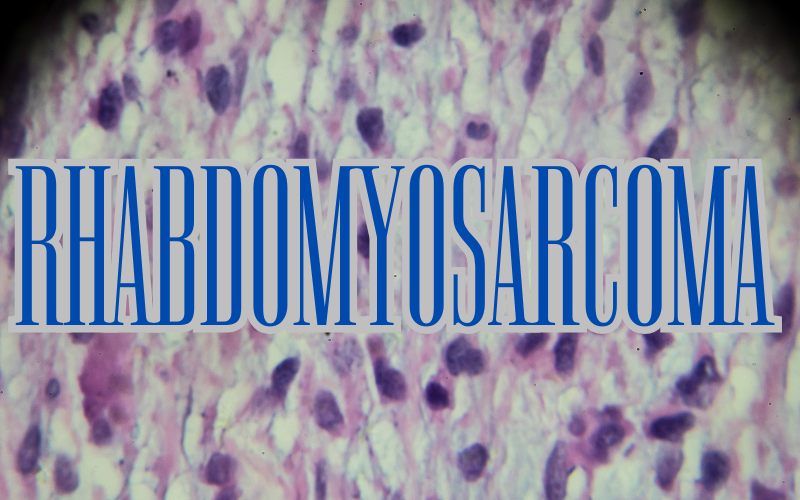Introduction: The Intricacies of Rhabdomyosarcoma
Rhabdomyosarcoma, often abbreviated as RMS, stands as a critical condition in the realm of health. This particular type of cancer, primarily affecting soft tissues, can manifest in various parts of the body. With its roots often in muscles attached to bones, understanding its early symptoms can be life-saving.

The human body, with its intricate labyrinth of signals, often tries to alert us when something’s amiss. It’s through these signals, subtle though they might be, that we can detect anomalies like RMS. However, awareness is our foremost weapon, and it is only through understanding these signs that we can truly be prepared.
Delving deeper, you’ll find that RMS, while not as commonly spoken about as other cancers, carries significant weight in pediatric oncology. The signs are often camouflaged among everyday ailments, making vigilance all the more crucial. Recognizing these can be the key to swift intervention, greatly influencing outcomes.
This article aims to spotlight these symptoms, shedding light on those telltale signs that might hint at RMS. Equipped with this knowledge, our hope is that individuals can be better prepared, better informed, and, most importantly, better equipped to safeguard their health and the well-being of their loved ones.
1. Lump or Swelling: RMS’s Silent Herald

Every person’s body is unique. Sometimes, small lumps or bruises appear, perhaps from a minor injury, or perhaps for no discernible reason. However, when it comes to Rhabdomyosarcoma (RMS), the appearance of a lump or swelling, particularly in children, warrants attention. These aren’t your everyday bumps from bumping into a table.
Now, consider the body’s vast muscular system. RMS is intimately linked with the soft tissues. Interestingly, despite its origin often being within muscles, these lumps may not always arise in regions we typically associate with significant muscle mass. For example, they can materialize in hollow organs such as the bladder or the bile duct.
It’s fascinating, albeit alarming, how these lumps develop. RMS cells can grow swiftly, leading to a noticeable mass in a relatively short span. While they might start as painless, soft, and small, they can grow larger and more firm over time, potentially causing discomfort or functional issues depending on their location.
Though the precise cause of this cellular rebellion remains a topic of rigorous research, certain genetic conditions might heighten the risk. It’s an ongoing dance of genes, environment, and unknown factors. Nevertheless, RMS’s tale is a testament to the body’s complexities and the importance of staying vigilant to its silent signals. (1)